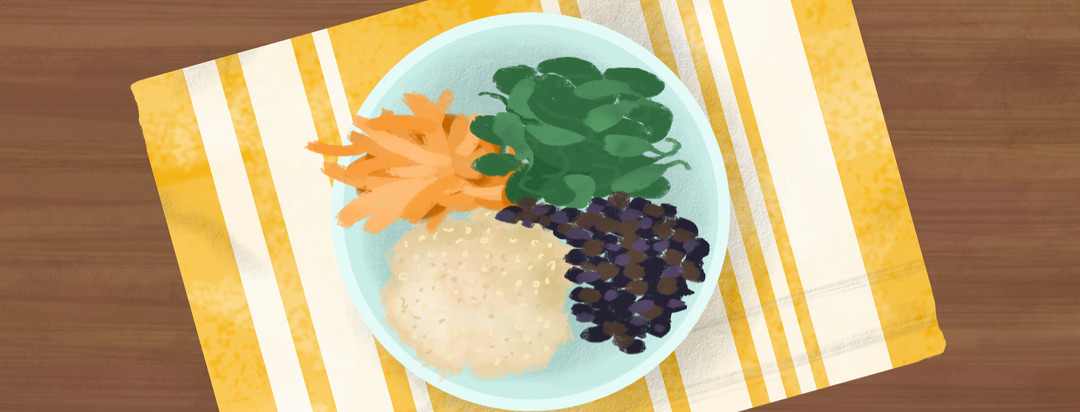Serving Up More Fiber
The benefits of fiber are endless. Not only does it help keep us full and satisfied, but it also helps to keep our insides working at top-notch. The American Heart Association says “Dietary fiber can help you improve blood cholesterol levels and lower your risk of heart disease, stroke, obesity, and even type 2 diabetes.”1 But most Americans do not get the recommended daily amount of fiber. Take a look and see if your diet is lacking.
What are the daily fiber recommendations?
The Food and Drug Administration (FDA) recommends 25 grams of fiber daily for a 2,000 calorie diet. Not everyone eats 2,000 calories per day. Some may need more, others less, and therefore their fiber needs are also different. But 25 grams of fiber is a great place to start when looking into your diet and checking to see if you are meeting your goals.
What does a serving of fiber look like?
Many people are aware of the kinds of foods that contain fiber, but they may not know what a portion or serving size looks like. Here is a list of some popular food choices and their fiber content. Please note that fiber content may vary based on product.
1 slice of whole-grain bread: 5 grams
½ cup whole grain pasta: 3 grams
1 cup romaine lettuce: 3 grams
1 cup spinach: 3 grams
½ cup black beans: 11.5 grams
½ cup lentils: 8 grams
½ baked potato with skin: 1.5 grams
1 medium apple: 2 grams
1 medium banana: 2 grams
½ cup carrots: 1 gram
½ cup broccoli: 1 gram
½ cup brown rice: 1 gram
½ cup quinoa: 3.5 grams
1 cup cereal such as Wheaties: 3 grams
1 cup cooked oatmeal: 5 grams
Fiber content for refined grains
Then take a look at this list of foods. What are the differences you see between whole-grain pasta, bread, and rice and white pasta, bread, and rice?
1 slice of white bread: 0.8 grams
½ cup white pasta: 1 gram
1 slice cake: 0 grams
1 muffin: 2 grams
1/3 cup mashed potato, no skin: 1 gram
1 oz steamed white rice: 0 grams
Whole grain and fiber
When the entire grain is used in the cooking or baking process, more fiber is obtained. Choosing whole-grain breads, pasta, rice, and crackers whenever possible is a great step towards meeting fiber needs. Leaving the skin on your potatoes, apples and other fruits and vegetables is also a good way to work towards your daily goal of 25 grams of fiber. Other food groups such as meats and dairy do not contain fiber on their own but are still part of a healthy diet.
Take a look at your daily intake. Maybe you could substitute a favorite bread or exchange a snack to better meet those fiber needs. Be sure to also drink plenty of water when consuming fiber as they work together. Experts recommend 64 ounces of water a day to meet your body’s needs.

Join the conversation